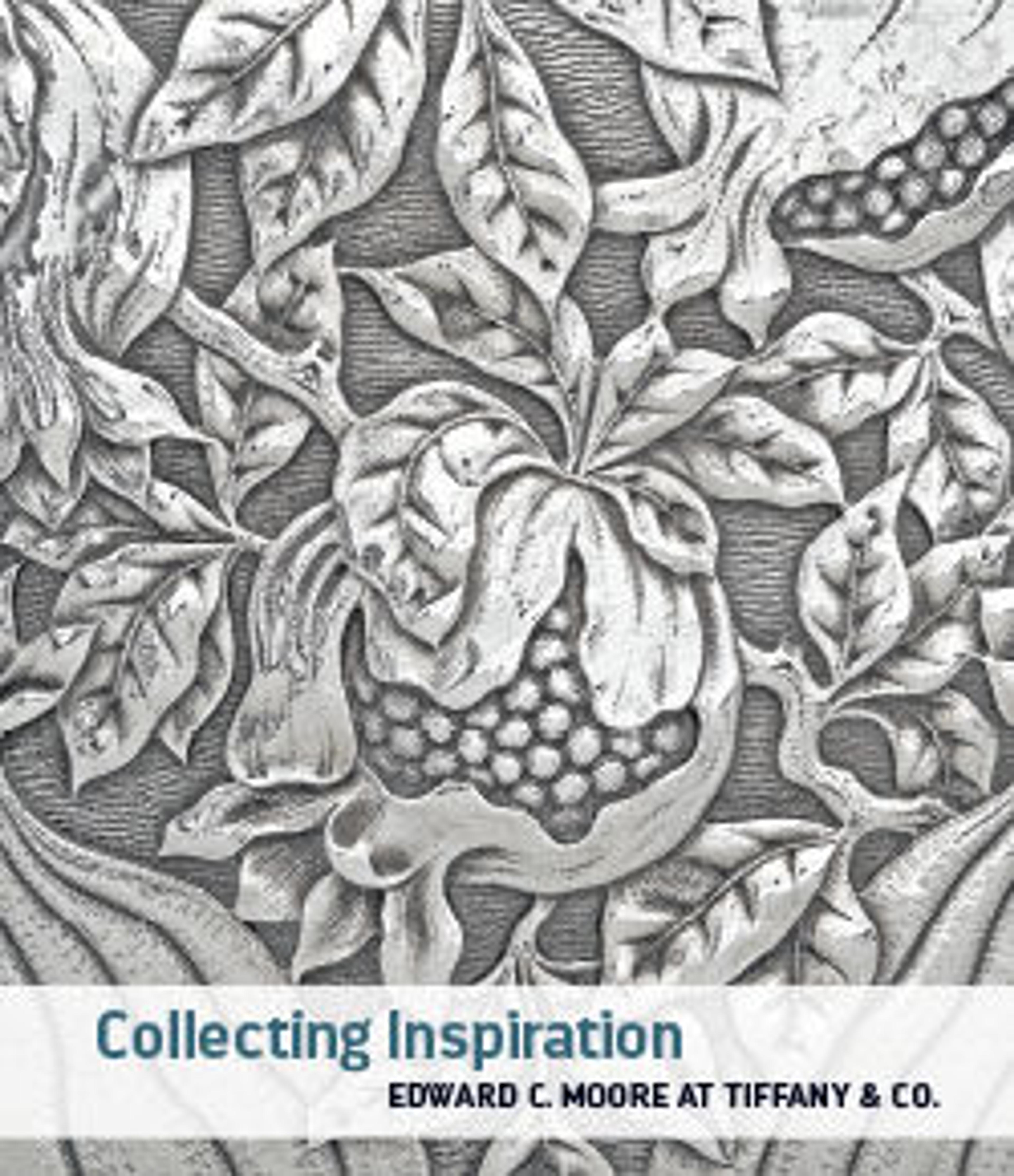Brazier of Rasulid Sultan al-Malik al-Muzaffar Shams al-Din Yusuf ibn 'Umar
Artwork Details
- Title:Brazier of Rasulid Sultan al-Malik al-Muzaffar Shams al-Din Yusuf ibn 'Umar
- Date:second half 13th century
- Geography:Probably made in Egypt
- Medium:Brass; cast, chased, and inlaid with silver and black compound
- Dimensions:H. 13 7/8 in. (35.2 cm)
W. 15 1/2 in. (39.4 cm)
Max D. 16 3/8 in. (41.6 cm) - Classification:Metal
- Credit Line:Edward C. Moore Collection, Bequest of Edward C. Moore, 1891
- Object Number:91.1.540
- Curatorial Department: Islamic Art
Audio
6610. Brazier of Sultan al-Malik al-Muzaffar Shams al-Din Yusuf ibn 'Umar
NARRATOR: This impressive 13th century object is a brazier, a type of portable heater or grill that would have been filled with coal or charcoal. No effort or expense was spared in the brazier’s creation. Notice its ornate design and the abundance of silver inlay. Stefano Carboni.
STEFANO CARBONI: This is definitely one of our prized possessions, and this object in many ways epitomizes the best of Islamic art. Usually when one refers to Islamic art, one conveys the feeling for geometric decoration, for vegetal decoration, for calligraphy, and, even if on a kind of secondary level, figural imagery. In this case, we have all four combined in one piece, and so it’s a great teaching tool, actually, for the complexity of Islamic art.
NARRATOR: The brazier was created in the 2nd half of the 13th century in Cairo, a city renowned for its superb metal craftsmanship. It was either a diplomatic gift from the Mamluk ruler in Cairo, Egypt to the Rasulid court in Yemen on the Arabian Peninsula, or a direct commission from the Rasulid sultan. The tall calligraphic script includes the name of a Rasulid ruler, and the five-petaled rosettes on the cornered panels were the symbol of the Rasulid dynasty. The Rasulids controlled Aden, an epicenter of trade from Africa and the spice route. Courting their goodwill through lavish gifts would’ve been a wise political move on the part of the Mamluks.
Listen to more about this artwork
More Artwork
Research Resources
The Met provides unparalleled resources for research and welcomes an international community of students and scholars. The Met's Open Access API is where creators and researchers can connect to the The Met collection. Open Access data and public domain images are available for unrestricted commercial and noncommercial use without permission or fee.
To request images under copyright and other restrictions, please use this Image Request form.
Feedback
We continue to research and examine historical and cultural context for objects in The Met collection. If you have comments or questions about this object record, please contact us using the form below. The Museum looks forward to receiving your comments.
